How Chevrolet Shaped the Automotive Industry
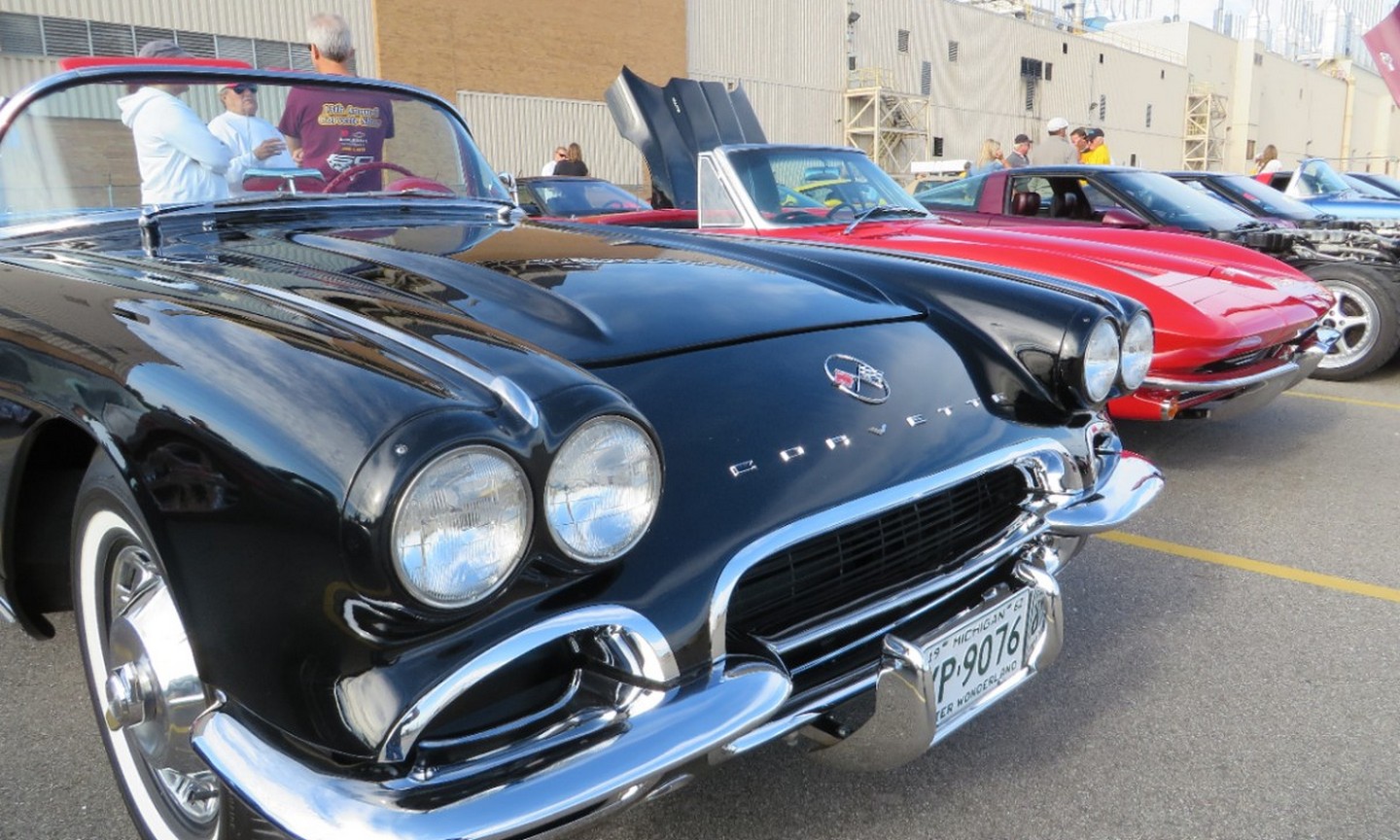
The history of Chevrolet Buick in the automotive industry is rich with innovation, evolution, and motorsports. From its first model to modern-day achievements, the automaker has always been at the forefront of the car-making world. This innovation has provided the groundwork for modern features, technology, and design aesthetics. Chevrolet Buick has pushed the envelope, forcing the competition to follow suit, and as a result, has left a mark on the automotive world.
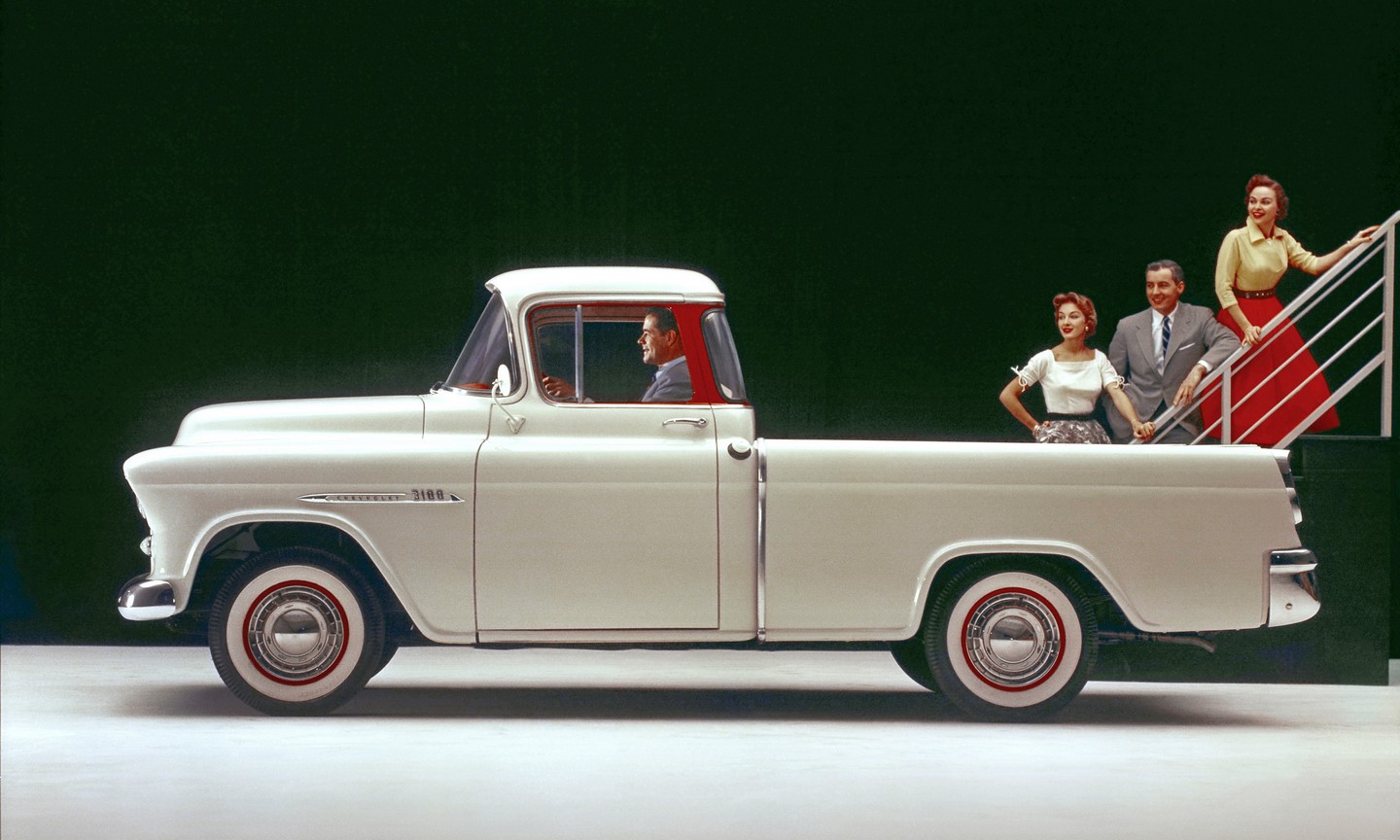
By identifying needs and predicting trends, Chevrolet Buick has always stayed ahead, inviting other manufacturers to try and keep up. The result: a company built on hunting down success and invention. This automaker has never just made cars that are more advanced, it's also built machines that are crafted around the driving experience. With its fair share of roots in the motorsport world, Chevrolet Buick understands what it takes to make a vehicle perform well, under any conditions.
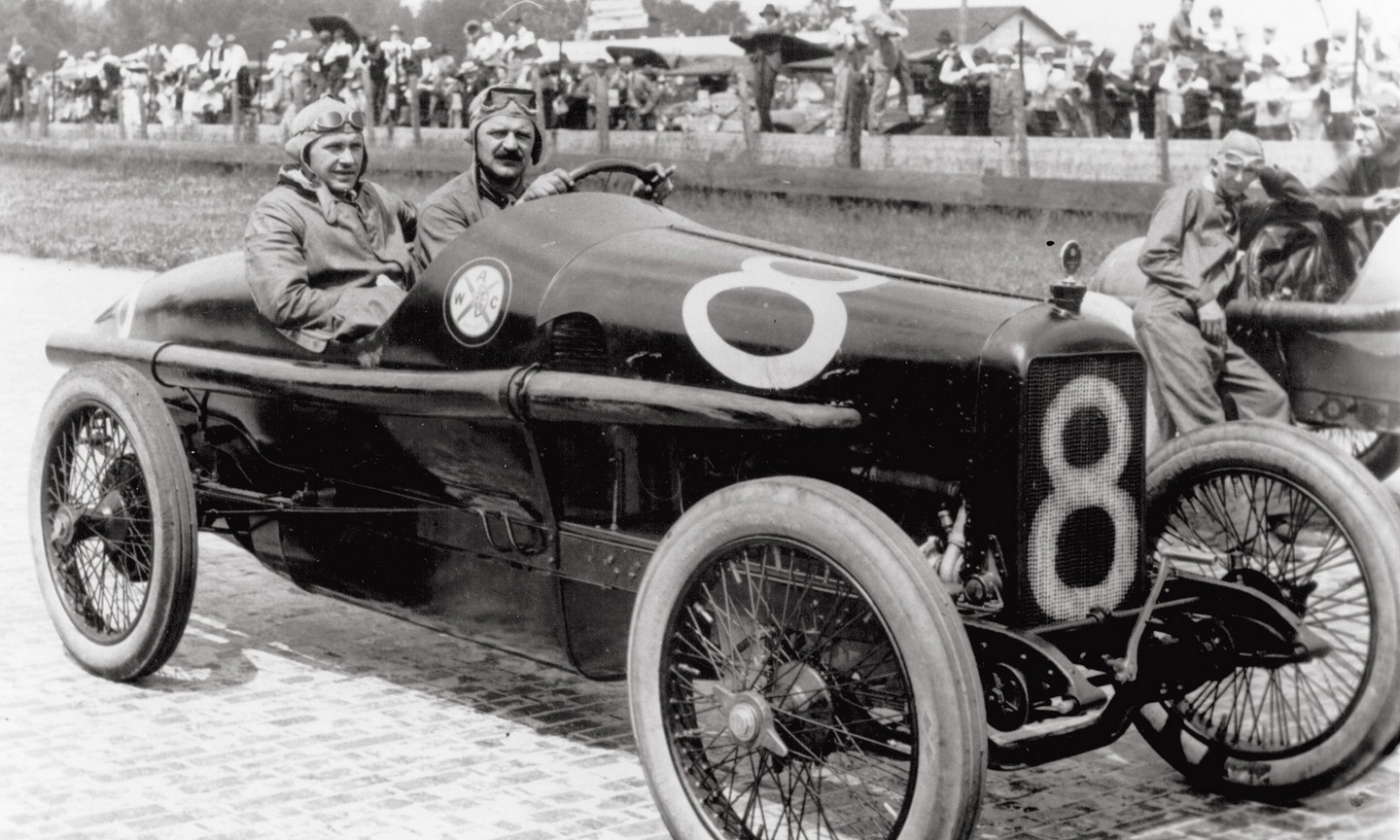
Every Great Super Hero Has an Origin Story
Chevrolet Motor Company was founded in 1911 by Louis Chevrolet (pictured above) and William C. Durant. Together they produced the Series C “Classic Six” (pictured below) which was powered by a six-cylinder engine. Just two years after starting the company, Louis Chevrolet went back to racing, where he became an early racing legend. Durant focused on providing direct competition for Ford Motor Company by creating cars that were both reliable and inexpensive. In 1916, Durant took control of General Motors, a company he had managed in earlier years. Chevrolet expanded beyond the United States with plants in Denmark and Poland, going farther still with the creation of General Motors India before the 1930s.
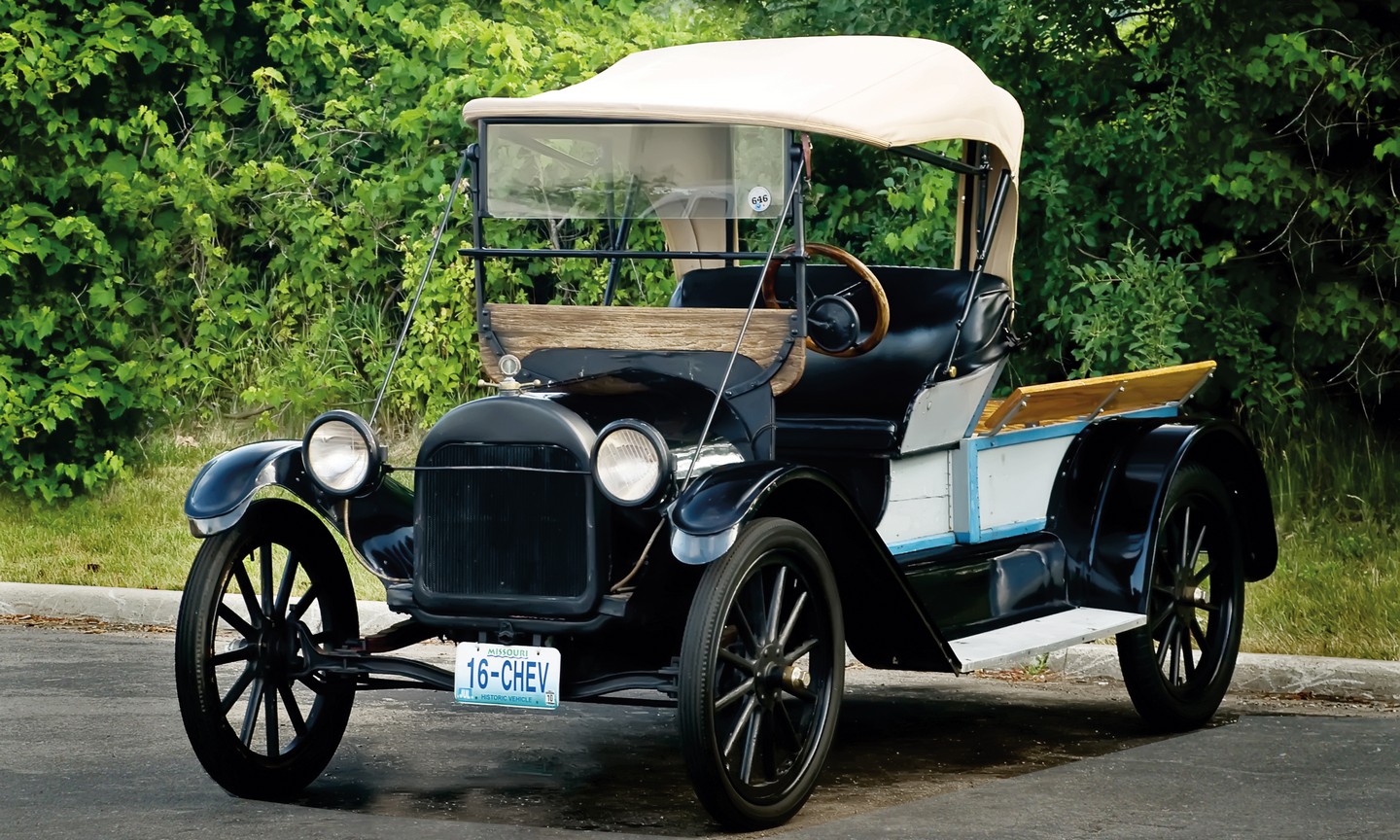
In 1935, Chevrolet created the Suburban Carryall, which was one of the first SUVs. During World War II, Chevrolet dedicated its resources to manufacturing automobiles for the military. The automaker’s reputation for affordability and reliability made a huge impact during that pivotal time in history. In the 1950s, Chevrolet brought hardtops and automatic transmissions to the value-priced car segment. In 1953, the iconic Corvette was released. Another popular Chevrolet sports car, the legendary Camaro (Z28 Camaro pictured below), was introduced to the market in 1967. Throughout the 70s, 80s, and 90s, Chevrolet continued to make strides in safety, efficiency, performance, and power, which has translated into a legacy spanning over 100 years.
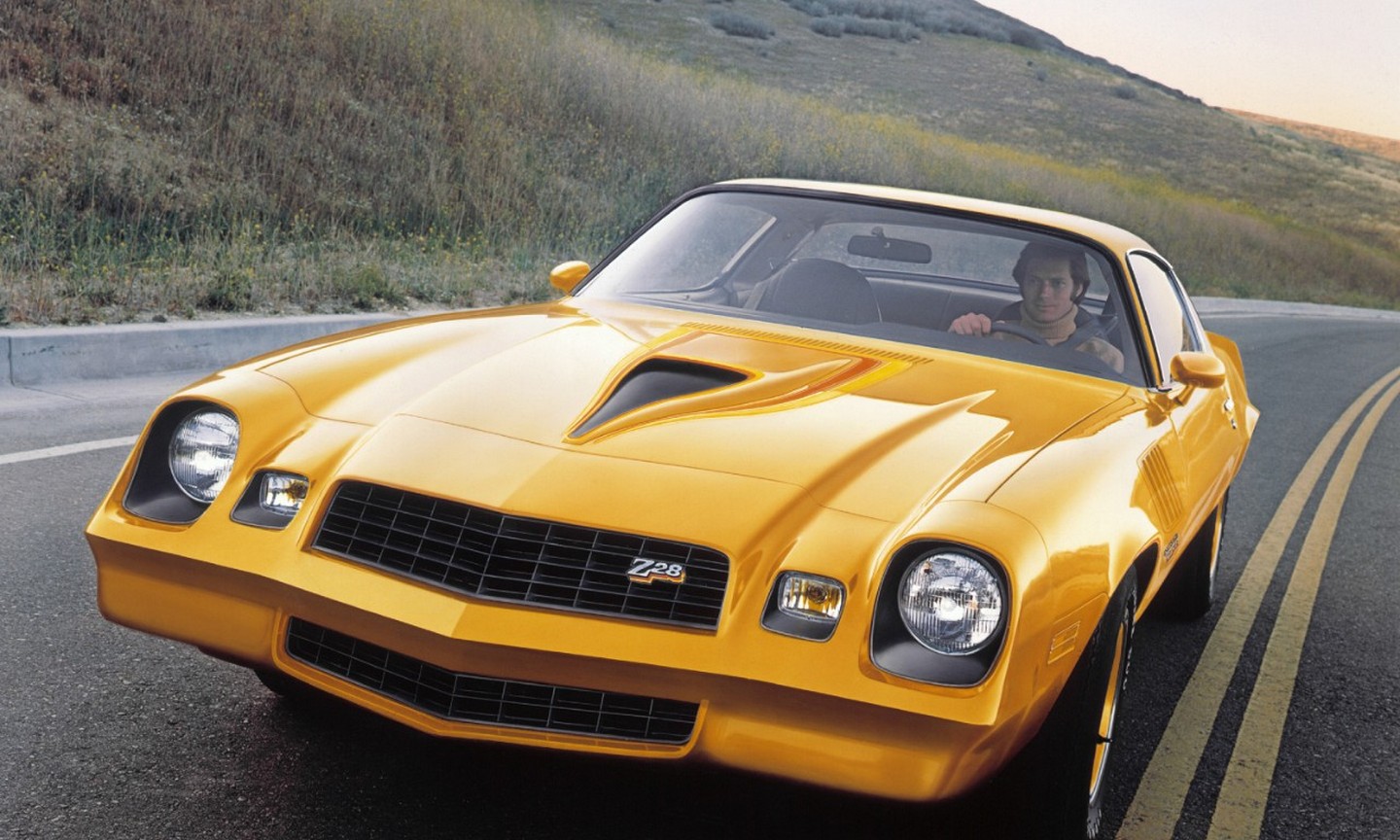
From the Track to the Street
Louis Chevrolet started his career in the automotive industry as a racer and joined the Buick racing team in 1909. These early racing roots started a racing legacy for the brand. The Chevrolet small-block V8 was introduced in 1955 and has been the powerplant in more winning race vehicles than any of its competitors. The first year model of the Chevrolet Camaro served as the Indy 500 Pace Car in 1967, and the brand has paced more Indy 500 races than any other automaker. The first NHRA Pro Stock Race was won by Bill Jenkins behind the wheel of a Chevrolet Camaro. NASCAR, 24 Hours of Le Mans, World Touring Car, and many other races have all been graced by Chevrolet, not only as a competitor but as a benchmark for success.
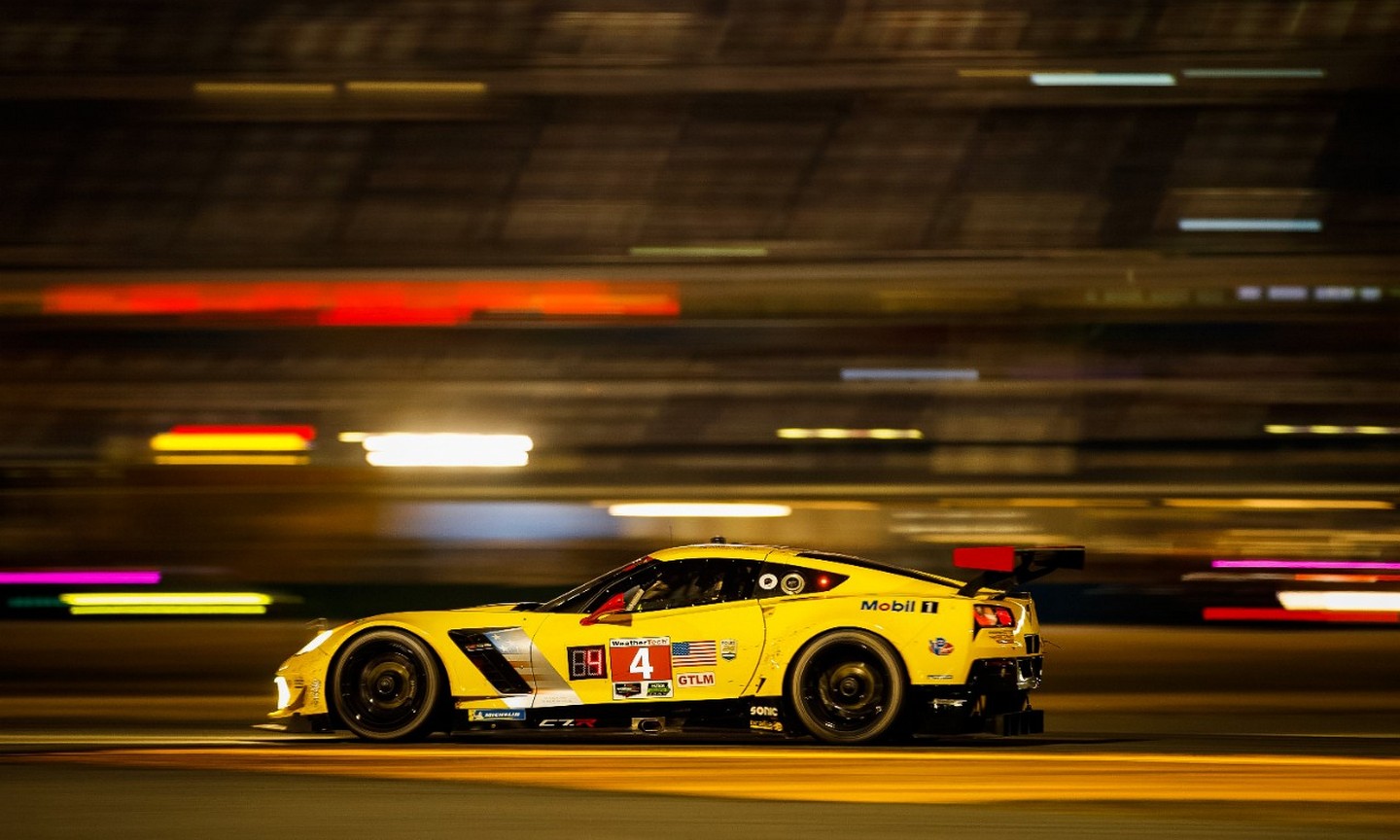
Chevrolet Buick is still committed to changing the automotive industry, and it remains a leader in efficiency, performance, and luxury. Visit Heritage Chevrolet Buick Owings Mills at 11234 Reisterstown Road, Owings Mills, MD 21117 or contact our sales staff online today and let us show you how the rich history of Chevrolet Buick has helped this brand generate some of the best vehicles on the market today.
Image Credit: Chevrolet Buick
